The large majority of clothes dryers in this country are basic affairs. Called tumble dryers, they have a rotating drum. Ambient air is drawn in, heated, and passed over the wet clothes as they “tumble” about in the drum, driving out the moisture. The resulting hot, humid air is vented from the machine. This is fairly wasteful. However, they are simple and reliable, and hence, very popular. There are other systems, including heat pump dryers, centrifugal spin units, convective, condenser, microwave, and ultrasonic dryers. These are rare in our work at this time, and we won’t cover them.
As with washers, we focus on functionality. Does it heat? Is the operation smooth and quiet? Inspect for damage, including a door interlock. Additionally, safety is a concern, specifically with the venting. Over 5,000 house fires annually are attributed to improper dryer venting. Dryers must be able to freely discharge outdoors. Any configuration that causes lint build-up is a fire hazard. Vent hoods must be in good condition and free of screening. Maximum effective duct length limits must be observed.
The dryer is inoperative. This prevents normal use. Repair or replace the dryer.
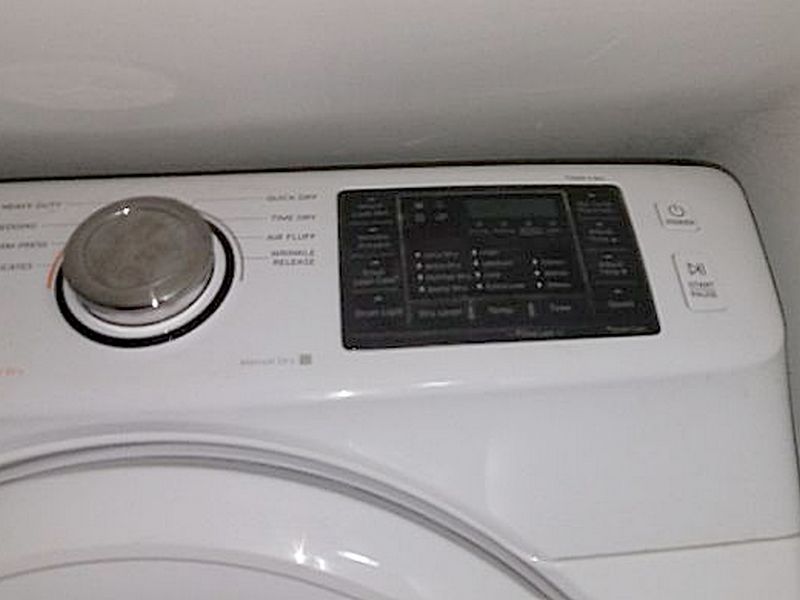
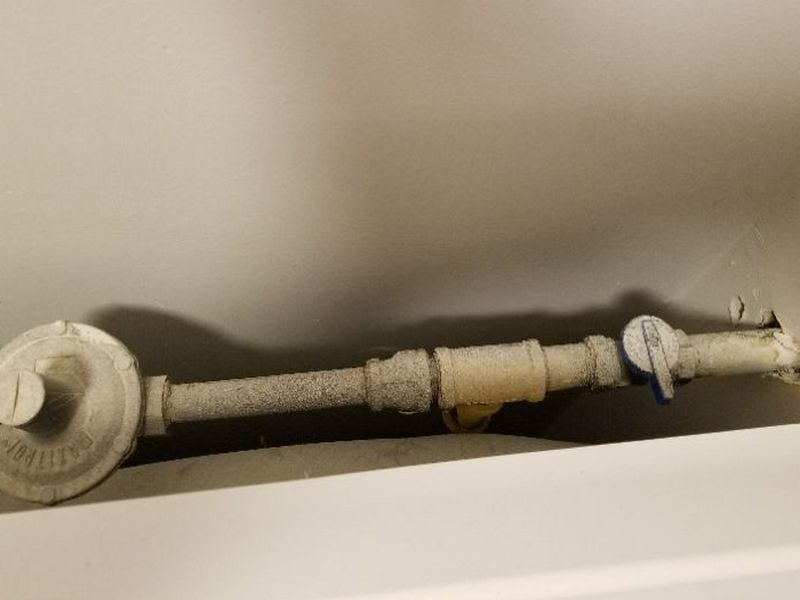
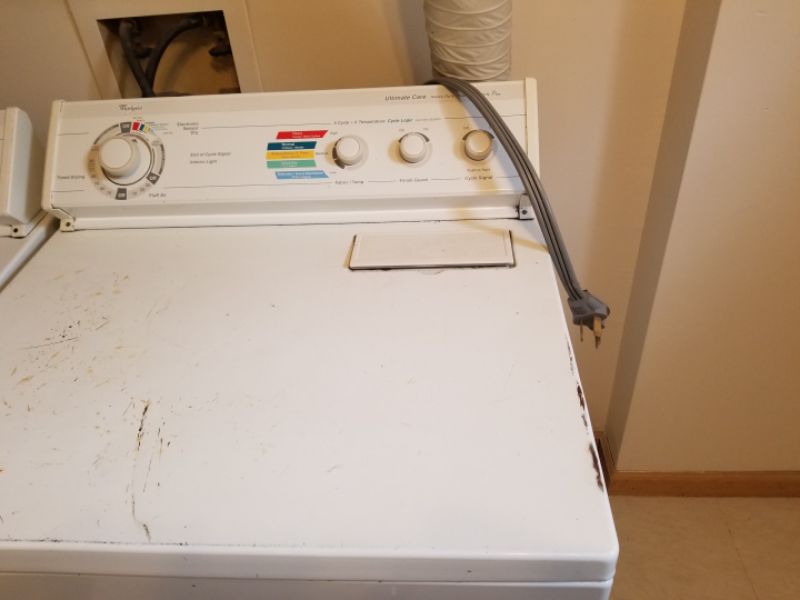
The dryer is damaged. This affects normal use and can be a safety hazard. Repair or replace the dryer.
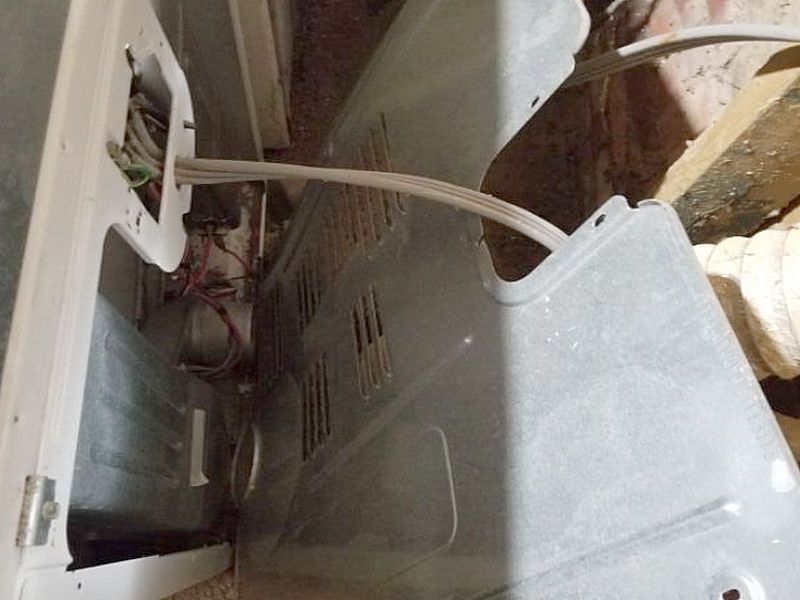
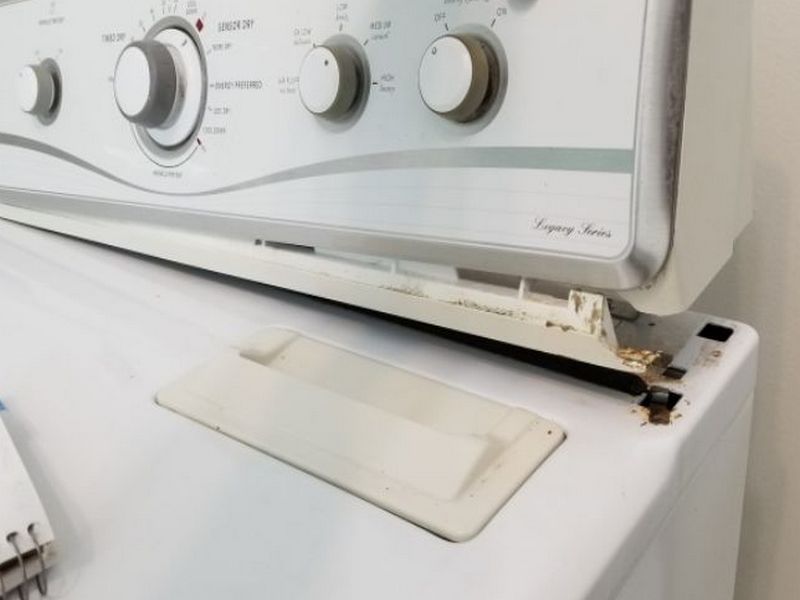
The dryer’s controls are broken. This affects proper operation. Replace the controls.
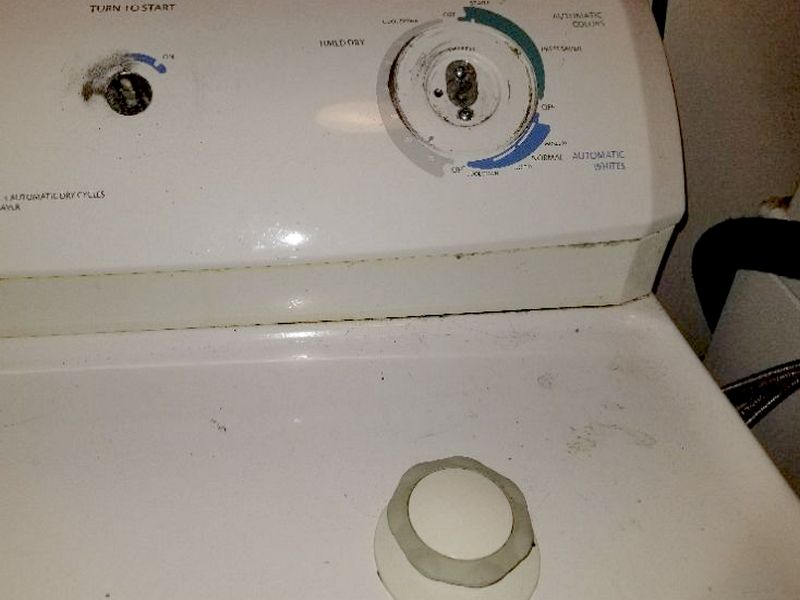
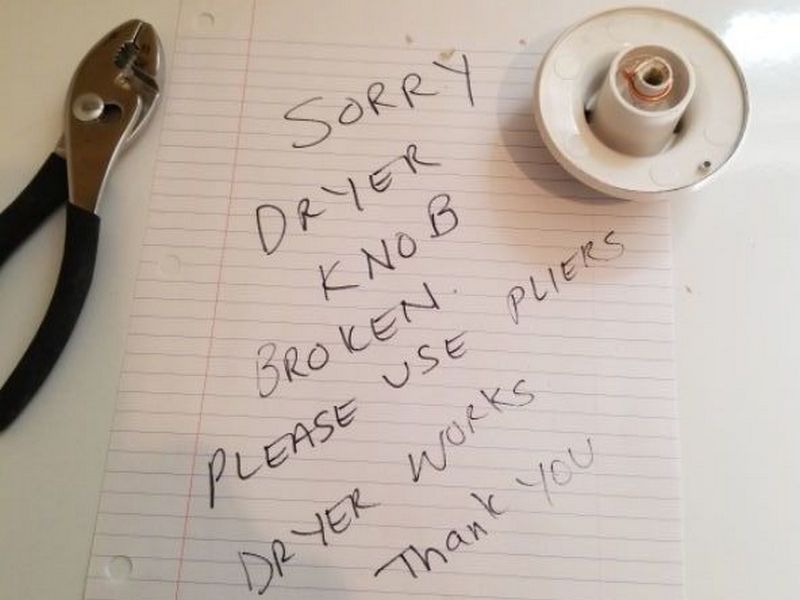
The dryer’s door shut-off sensor is broken. The dryer continues to run when the door is opened. This is a safety concern. Repair or replace the sensor.
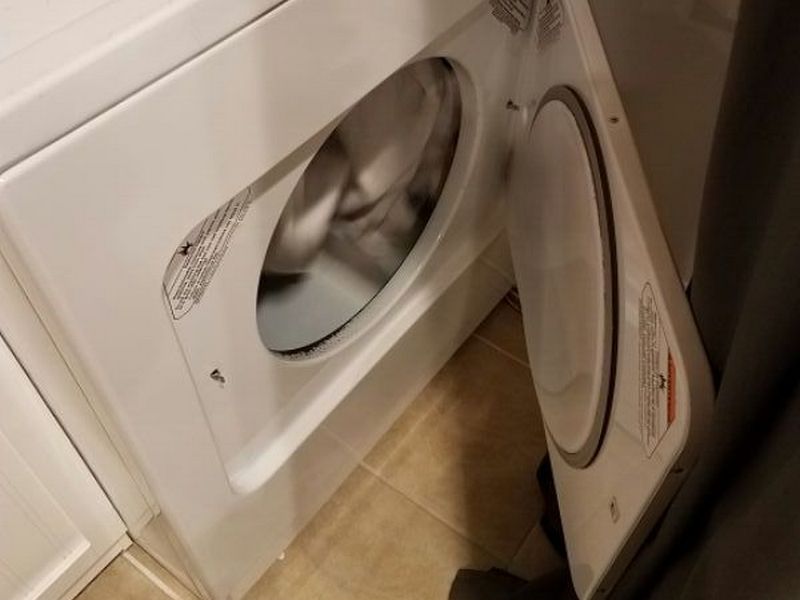
The dryer’s lint screen is damaged or missing. This is a safety concern. Replace the lint screen.
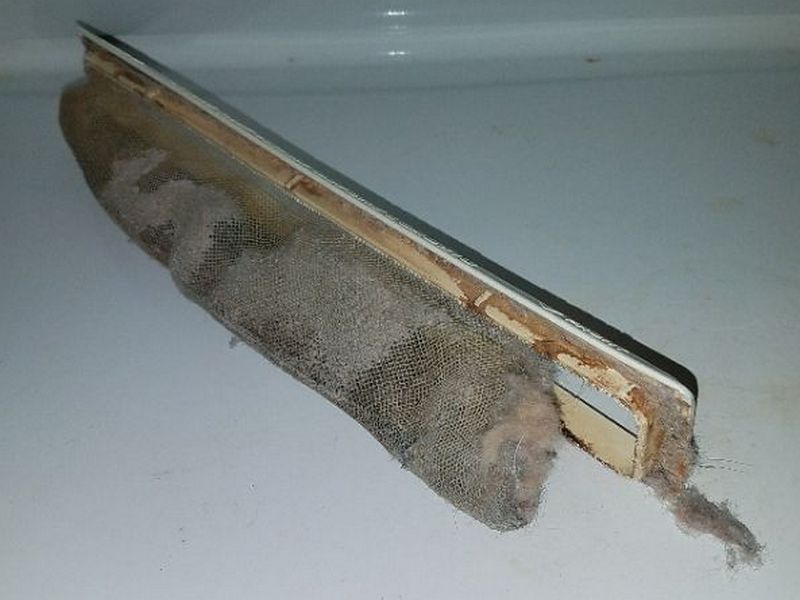
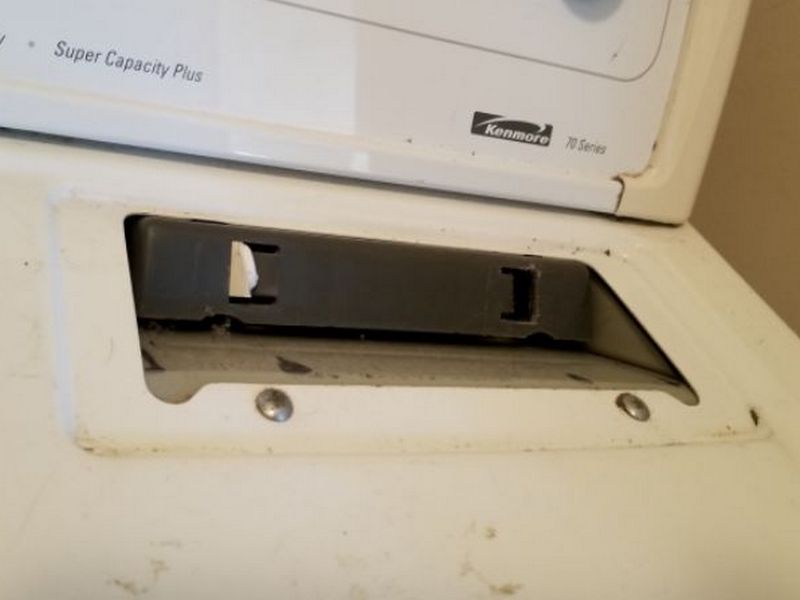
The clothes dryer appears to be overheating. This is a safety hazard. Repair or replace the dryer.
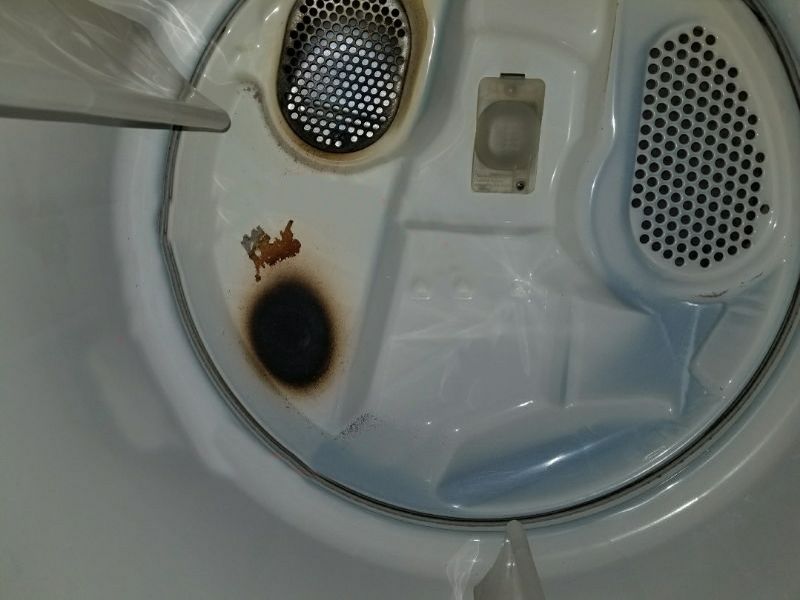
The dryer’s vent pipe has excessive lint buildup. This is a fire hazard. Clean the vent pipe.
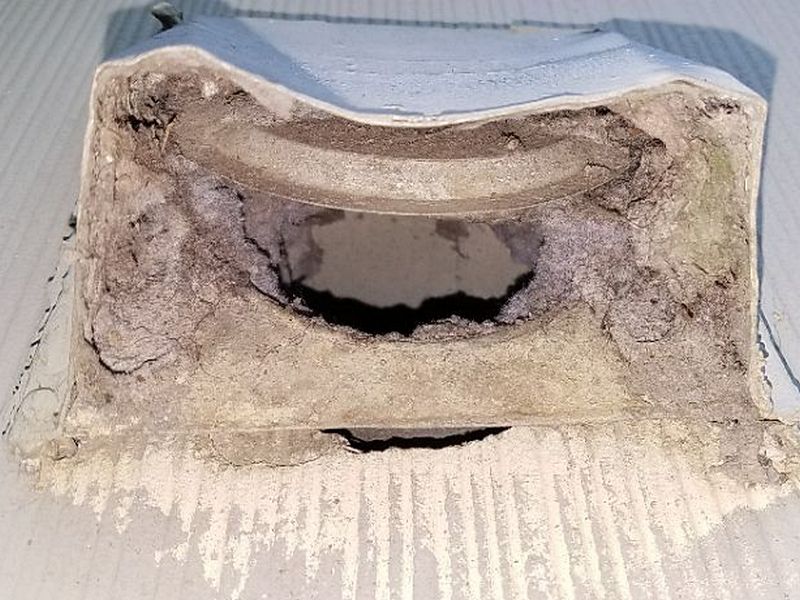
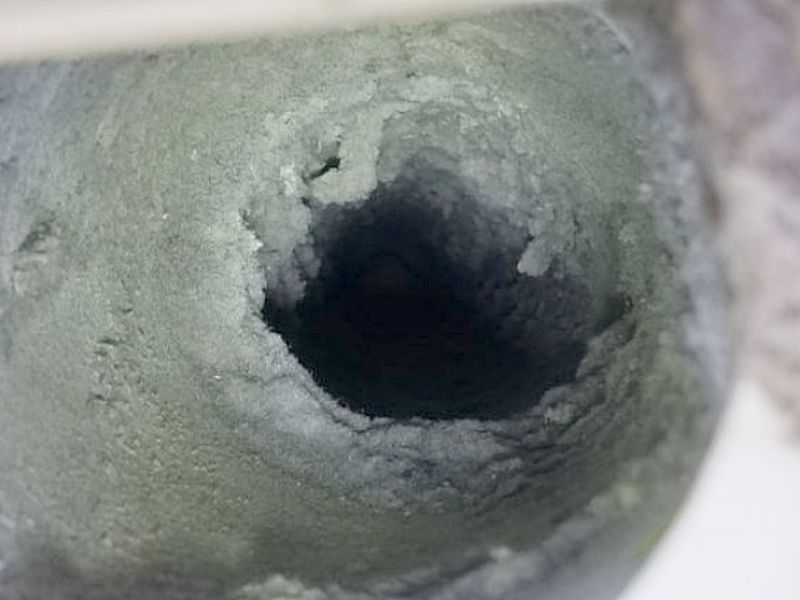
The dryer’s vent is an improper material. This is a fire hazard. Replace the vent.
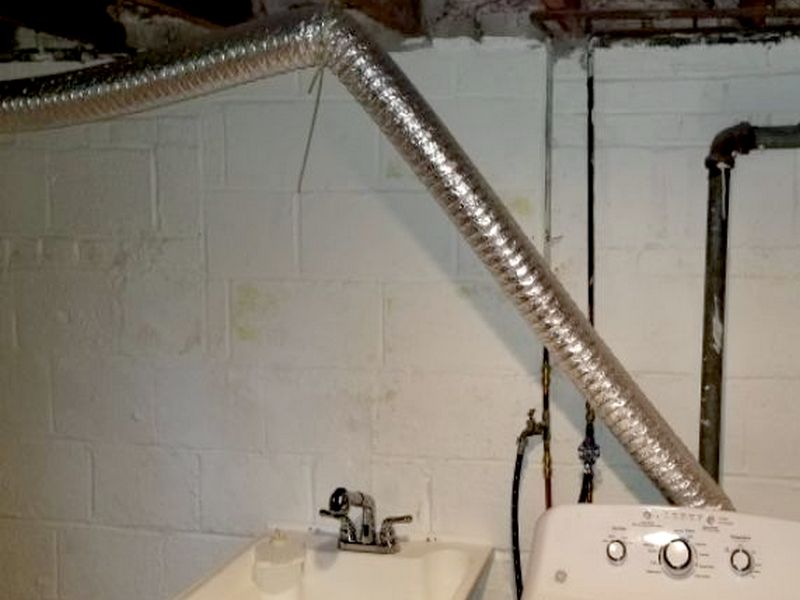
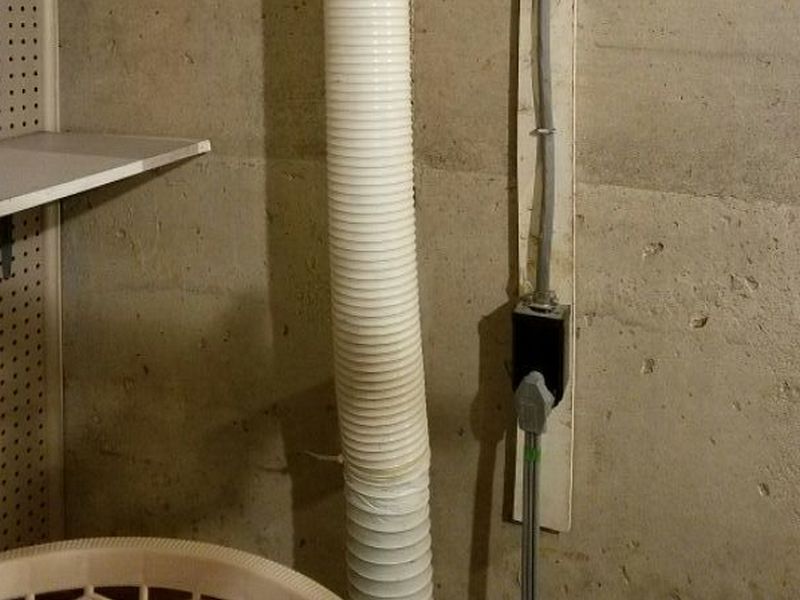
The dryer’s vent terminates inside the house. This creates moisture in the house and may cause mold or mildew problems. It is a fire hazard. Reroute the vent to the exterior.


The dryer’s vent terminates into the crawl space. This creates moisture inside the crawl space and may cause mold or mildew problems. It is a fire hazard. Reroute the vent to the exterior.
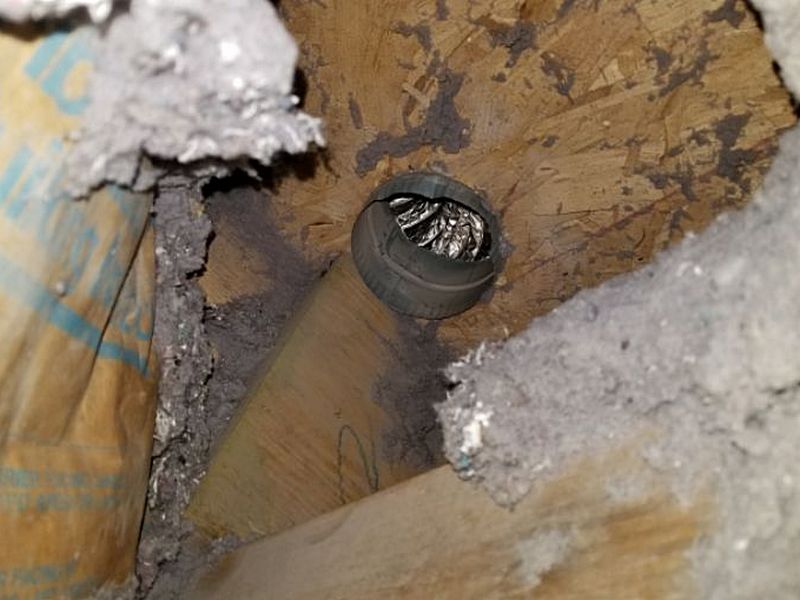
The dryer’s vent terminates into the attic. This creates moisture inside the attic and may cause mold or mildew problems. It is a fire hazard. Reroute the vent to the exterior.

The dryer’s vent exterior hood is damaged or missing. This is a safety hazard. Repair or replace the exterior hood.
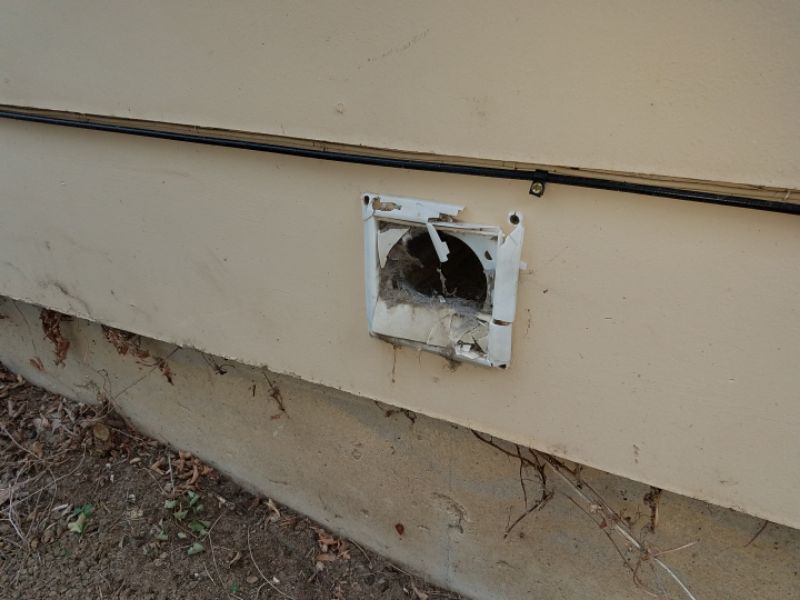
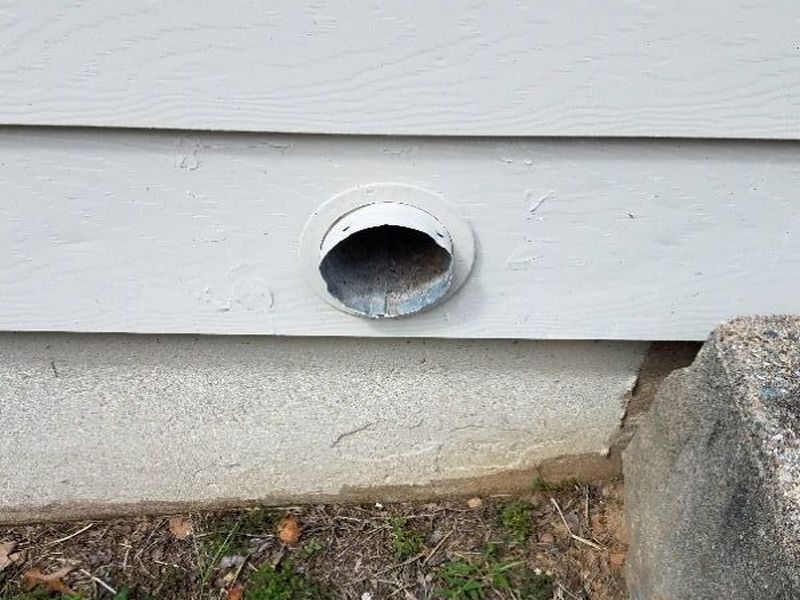
The dryer’s vent exterior hood is screened. This is improper as it can cause lint build-up and create a fire hazard. Remove the screen.

The dryer’s vent pipe is damaged. It will not provide adequate venting and can trap lint within it. This is a fire hazard. Replace the vent pipe.
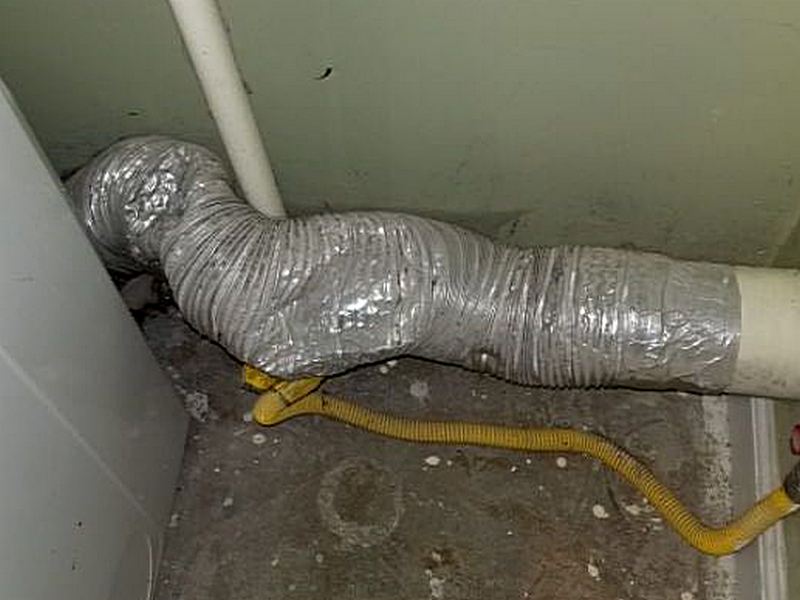
The dryer’s vent pipe has screws connecting the sections together. This can lead to buildup and clogging, which is a fire hazard. Repair or replace the vent pipe ensuring that the sections are taped together using a properly-rated product.

The dryer’s vent pipe sags, which will allow condensation and lint to collect and block the air flow. This is a safety concern and a fire hazard. Replace the vent pipe.
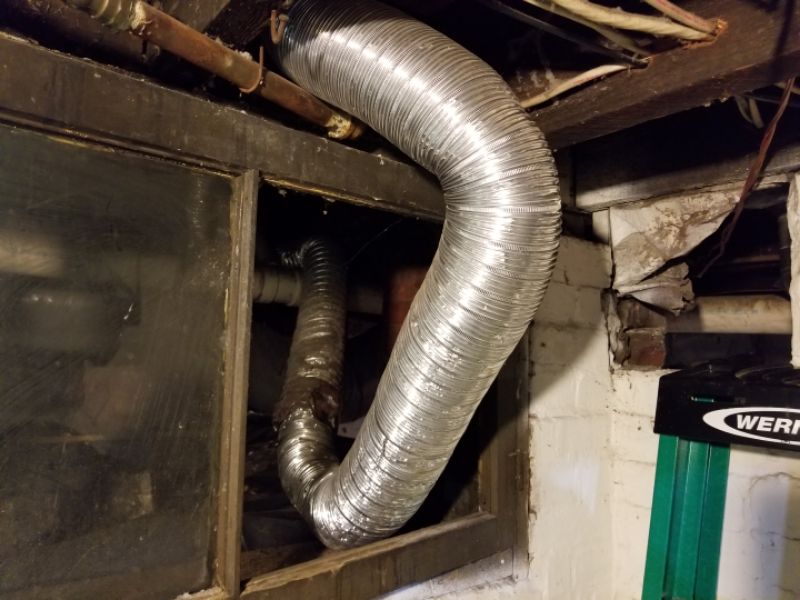
The dryer’s vent pipe is disconnected. This permits moisture inside of the house as well as possible pest intrusion. Connect the vent pipe.

The dryer’s vent is missing insulation where the duct passes through unconditioned spaces. This can lead to condensation on the inside of the vent and can allow ice to form and obstruct the vent. Install insulation.
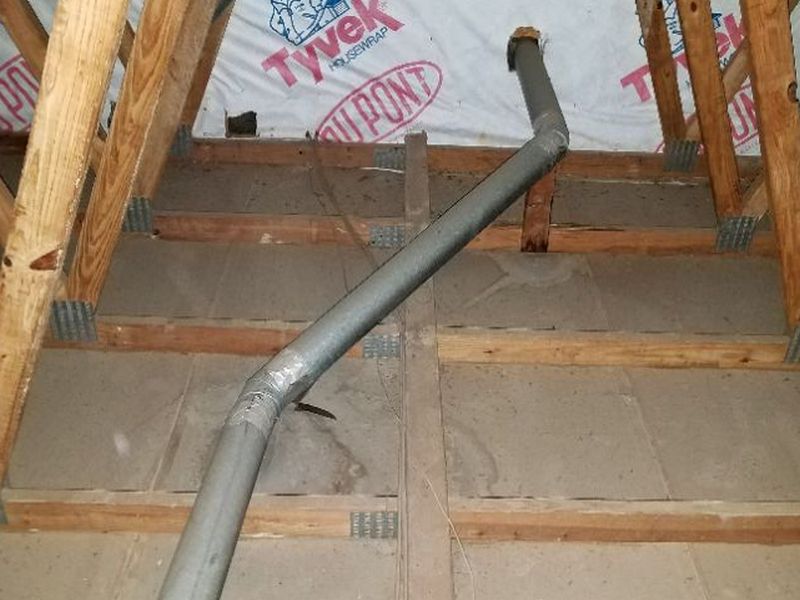
The dryer’s vent pipe is too long; vent pipes should not 35 calculated feet. Warm, moist air can condense inside the pipe and block proper exhaust. This is a safety concern. Replace and re-route the vent pipe.

